


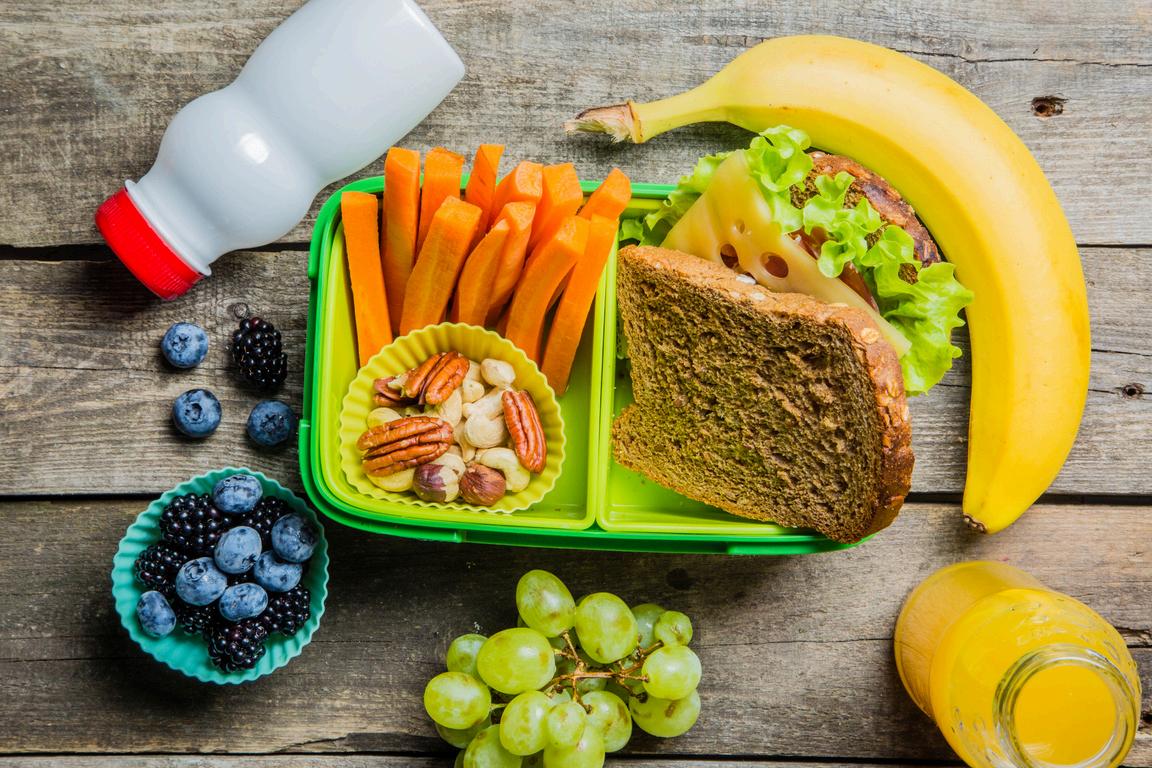
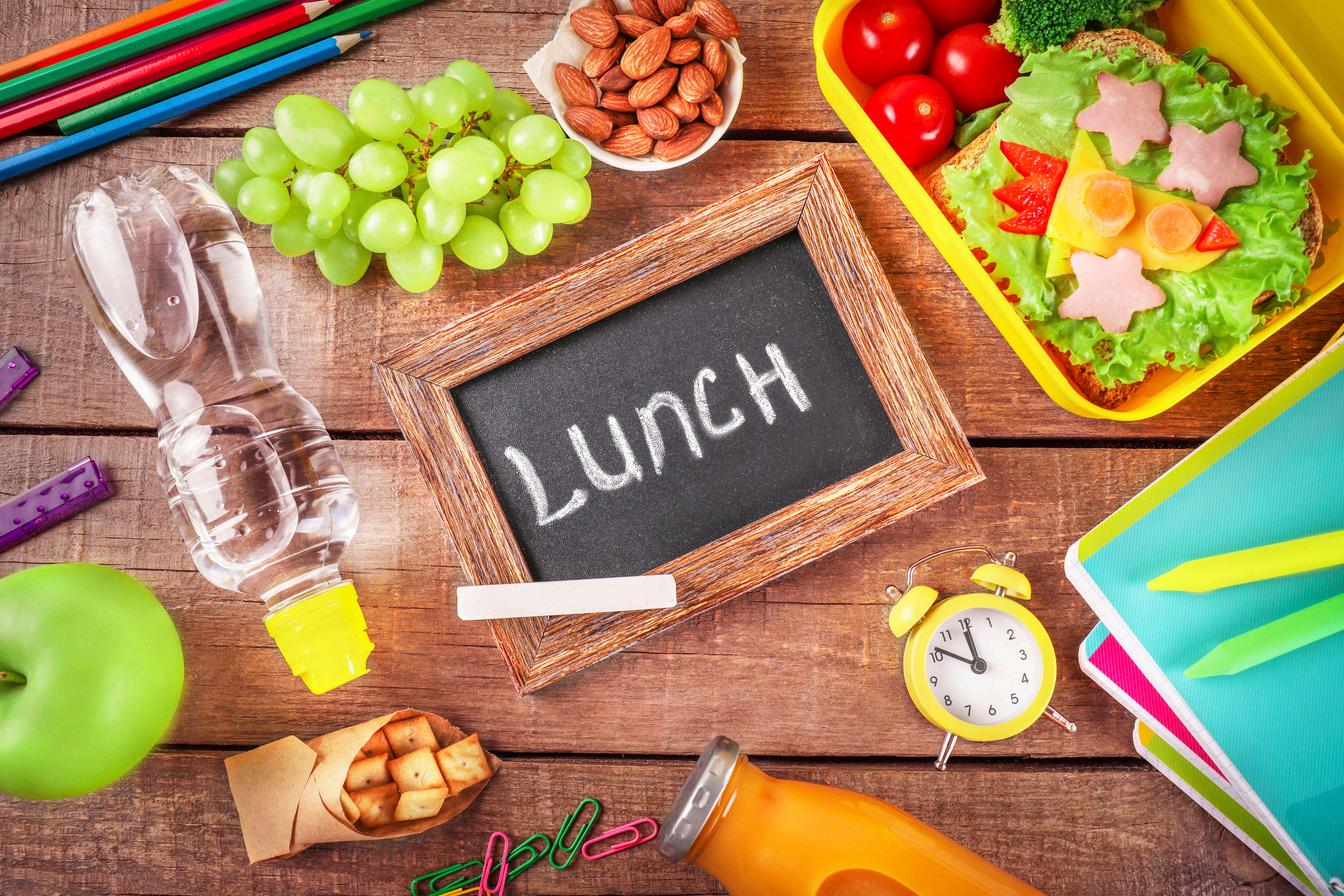
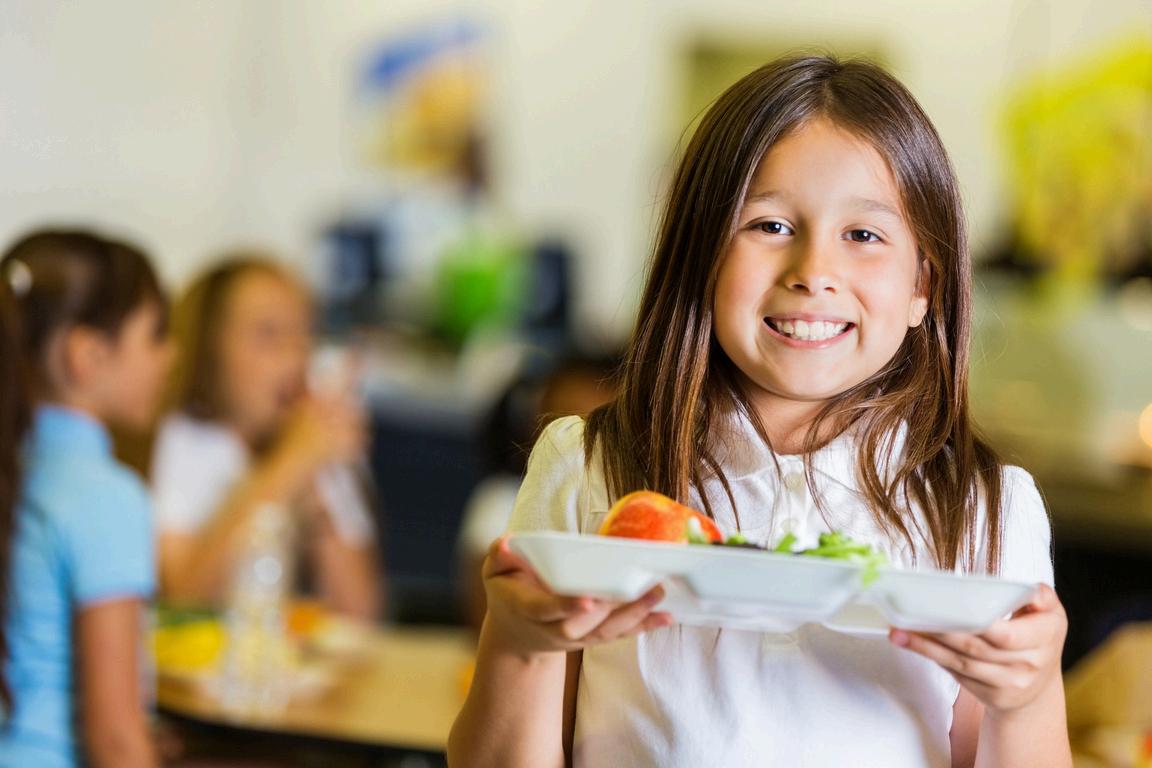



















Growing up celiac presents many challenges for our children. Use this guidebook to educate your family on this new diagnosis in order to have a worry free new school year.
What's normal for most kids can be a minefield of uncertainty for kids with celiac disease. School lunches, social gatherings, and classroom celebrations for example.
But educating other kids and teachers goes a long way to making sure cross-contamination and accidental gluten consumption doesn't happen.
We can help kids feel safe by turning them into passionate advocates for celiac disease. This includes the spreading and promotion of awareness and inclusion for those living with the condition. for parents and school-aged children
Celiac disease can cause fear and anxiety in kids – from eating the wrong thing to contamination concerns..


Make events safe and enjoyable with a few simple tips. Stash
Ahead
Before any special occasion involving food, discuss the event and food arrangements with the teacher in advance. Ask if you can be involved in the planning process to ensure gluten-free options are available.
Have a bag of gluten-free treats your child loves in the teacher’s desk to be used anytime. There'll always be something your child can eat without worry so they feel included.
If the school provides snacks or treats, check labels to ensure they're gluten-free.
Encourage the teacher to conduct a simple education session with the class about celiac disease. This raises awareness and fosters empathy among classmates.
Encourage your child to politely decline any treats they're unsure about and to inform the teacher if they are offered something that contains gluten. Empowering them to speak up for their needs can boost their confidence and help keep them safe.



Baked in Scotland Gluten free wholegrain oats
40% less sugar
Certified Gluten Free
We believe a restricted diet shouldn’t mean missing out. There’s plenty of fun to be had. That’s why our gluten free range is full of flavour, with perfect picks for any packed lunch.
If you’re new to packing lunches or fancy a refresher, these little wins make all the difference…
Win 1 Win 5
Think inside the lunchbox

You’ll want a lunchbox with a balance of fun and practical Lots of small compartments make more room for variety
Win 2
Don’t forget leftovers
If you’re cooking a gluten free favourite for dinner, why not make sure there’s an extra portion for tomorrow’s lunch?
Rotate your fillings
Avoid lunchtime boredom by mixing things up. Whether it’s sandwiches, roll-ups or pasta, try and switch your added ingredients up regularly

Win 3 Win 4


Reach for a treat
For a tasty trick up your sleeve, try Nairn’s Gluten Free Cookies. Baked with Scottish wholegrain oats, our Raisin or Chocolate Oat Cookies make the perfect ingredient for any packed lunch Or, for something different – our Apple & Cinnamon or Blueberry & Raspberry Chunky Oat Cookies have even more oaty flavour




For increased fruit intake, smoothies are an easy option Freeze them overnight and they’ll also keep everything fresh
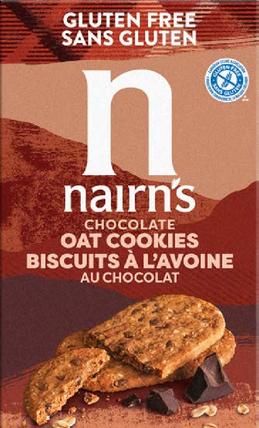





Airborne flour can be an issue for people with celiac disease. It may not be safe for your child to participate in cooking classes.
At the beginning of the year, ask your child’s teacher if there are any cooking modules in the curriculum.
Ask if recipes could be adapted to be safe for your child, or whether another recipe could be substituted.
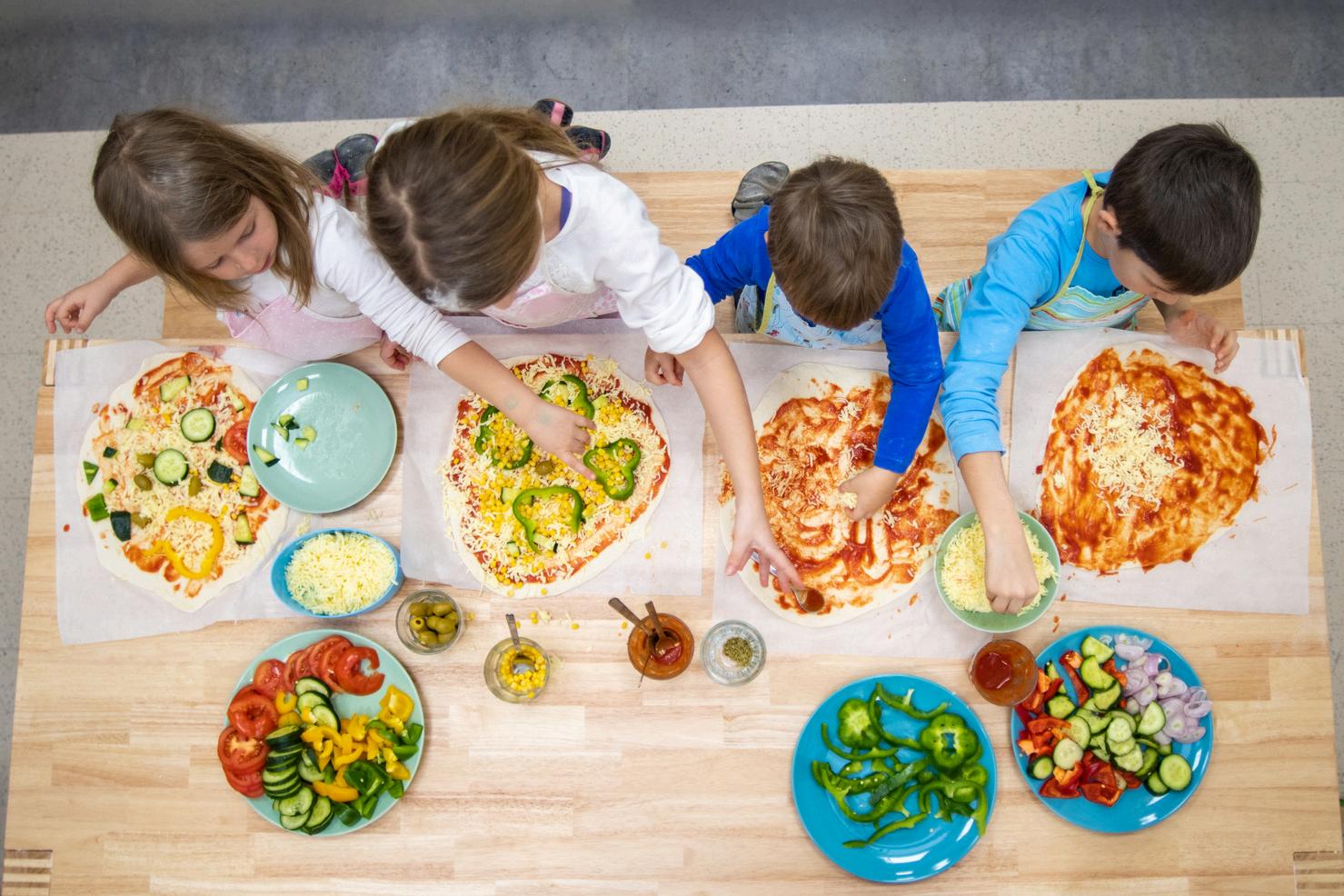

Need meal ideas?
Sign up for our FREE Kids-only 7-day meal plan!
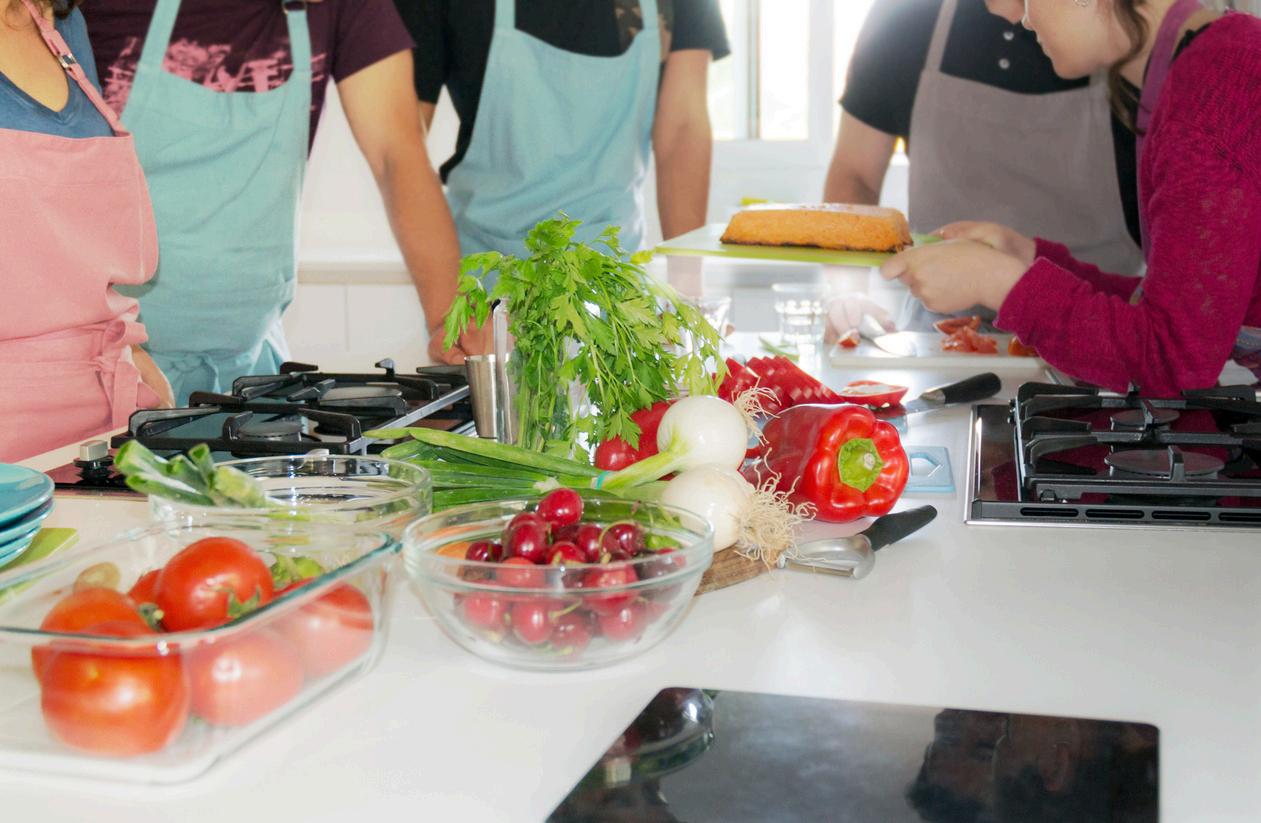




Empowering a child with celiac disease is crucial for navigating life confidently and independently while managing their condition effectively. Use these strategies to empower your child to speak for themselves.
1 2 3
Education and Understanding: Educate your child about celiac in an age-appropriate manner. Help them understand what gluten is, how it affects their body, and why a gluten-free diet is essential Empower them to make informed decisions about their health.
Open Communication: Encourage discussion about your child's feelings and experiences related to celiac. Listen to their concerns, answer their questions, and provide support. Make them feel comfortable discussing any challenges they face due to their condition.
Advocate Together: Teach your child how to advocate for themselves and their dietary needs. Role-play different scenarios, so they know how to communicate with teachers, friends, and other adults about celiac disease and the importance of avoiding gluten.

4 5 6 7 8 9 10
Involve Them in Food Choices: Take your child grocery shopping and involve them in choosing gluten-free foods they enjoy.
Cooking Skills: Encourage your child to learn basic cooking skills. Kids who cook, eat better, and learn a life-long skill making their own gluten-free meals and treats.
Teach Label Reading: Teach your child how to read food labels to identify glutencontaining ingredients as soon as they're able so they can make safe choices when choosing packaged foods
Positive Reinforcement: Celebrate successes. Positive reinforcement boosts your child’s confidence and motivates them to continue making healthy choices.
Lead by Example: If you or other family members also follow a gluten-free diet, model healthy behaviors and attitudes towards food. Emphasize that a gluten-free lifestyle can be enjoyable and fulfilling.
Focus on Strengths: Building a strong sense of self-worth will help them face challenges with resilience.
Celebrate Differences: Emphasize that everyone is unique and that having Celiac disease is just one aspect of who they are.



Baked in Scotland Gluten free wholegrain oats 40% less sugar
Certified Gluten Free

University is a busy time. So, how do you juggle your studies with maintaining a healthy gluten free lifestyle? Here are a few ways that you can make gluten free living effortless and full of goodness.


If you’re studying in a new area, ask around or research your local gluten free café and restaurant options
Make sure you always have gluten free staples to hand, like gluten free pasta and rice
The gluten free diet is much less restricted these days and there’s plenty of recipe ideas in cookbooks and online Experiment in the kitchen, you may find a new hobby
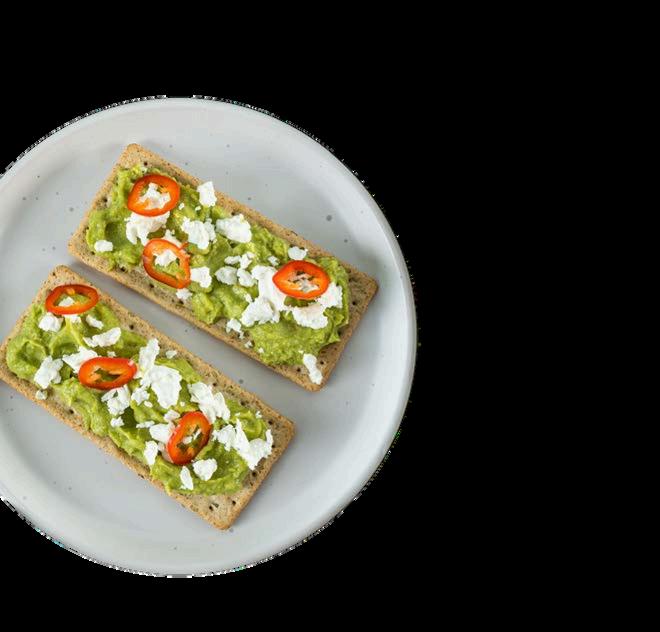
Whether you’re out for a meal, eating at the cafeteria or at a party, don’t be afraid to ask about ingredients




Have a few simple options with fresh ingredients that you can throw together in a few minutes This way you can reach for them instead of the more convenient alternatives Nairn’s Gluten Free Flatbreads give you lots of space to experiment with toppings. These aren’t your average snack bases either – they’re packed with flavour
@nairns canada | @NairnsOatCrackersCanada
Discover the range at nairns com/Canada
If contamination happens, what should you do? Have a game plan.

Don't worry. A single gluten exposure is not linked with an increased likelihood of long-term complications.
Tell a safe person. Ask your child to tell their teacher, classroom aid, or office they're not feeling well.
Call home. Depending on the child’s reaction, the school may wish to call home. Ensure your contact information is up to date.
Have a plan for your child if they need to come home.
If your child does not need to come home, instruct the school that water and rest are best.

Facebook group:
Join the CCA’s Facebook group and connect with parents who have experience raising a child with celiac disease.
Teacher brochure:

Download and have your child's teacher understand how to deal with a celiac child.
School letter:
Download and have the school keep it in your child's file at the office.

Click the Link to watch our parent experts!

































Contact school staff about your child's CD
Provide teacher a copy of the CCA brochure
Provide the office a copy of the CCA letter
Label lunch box, water bottle and any other relevant
personal items with a GF sticker
Book a meeting with the teacher and principal to
discuss safety plan
curriculum
Ask about any cooking class planned in the For younger students, ask about classroom Play Doh
teacher’s desk for unexpected situations
Pack emergency GF snacks to keep in the Remind your child not to share food with other children
Review hot lunch programs offered
